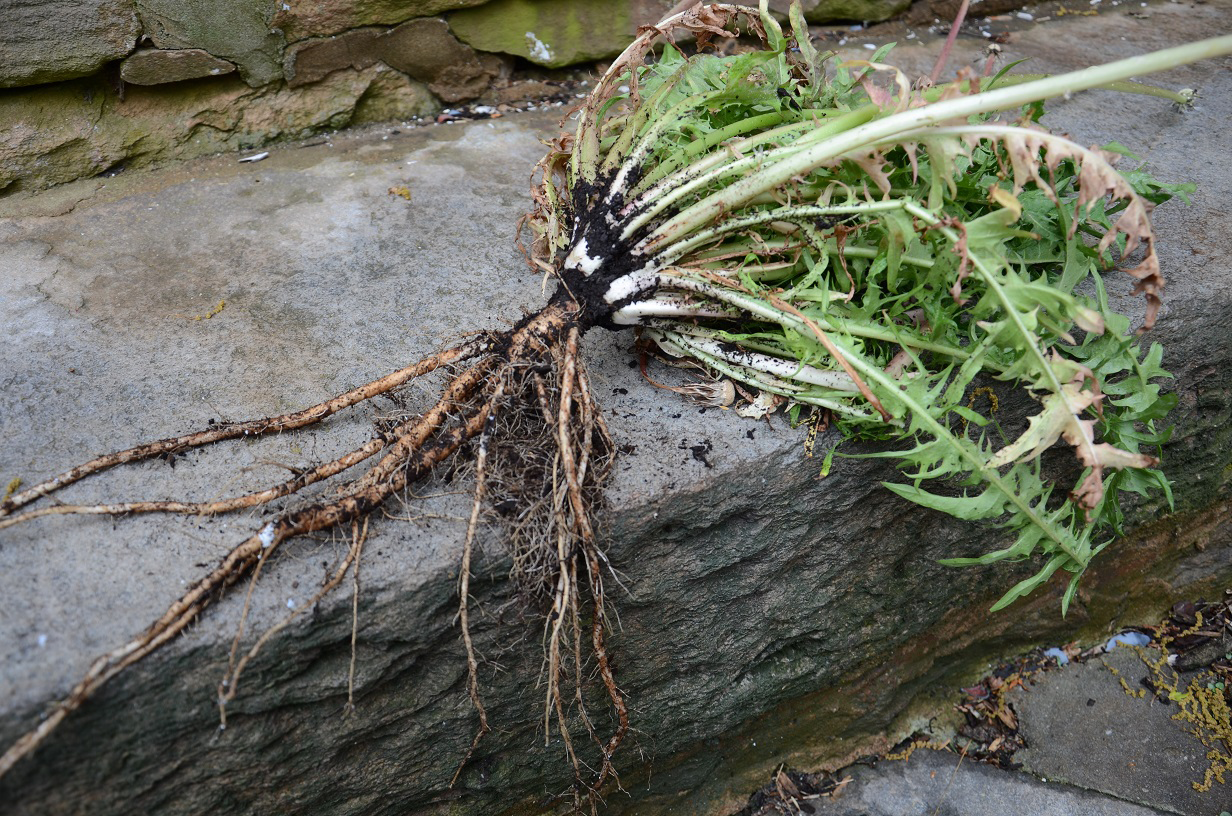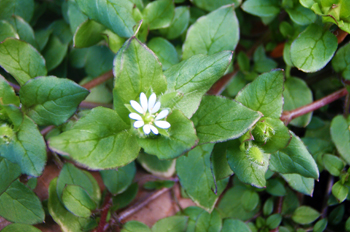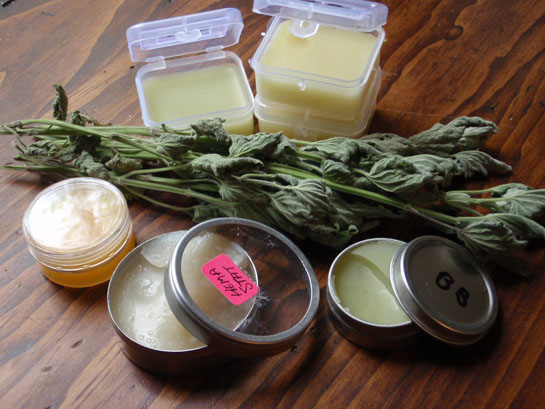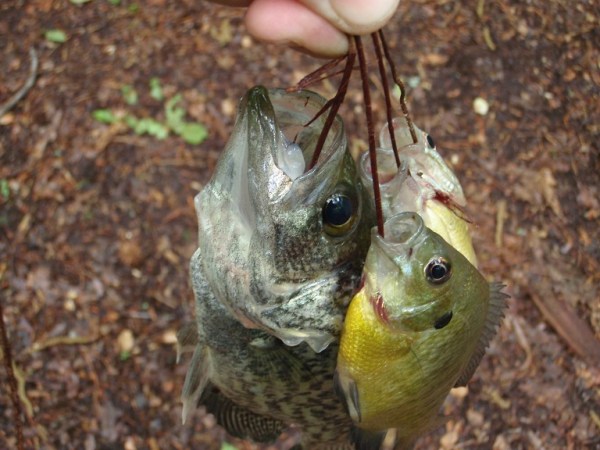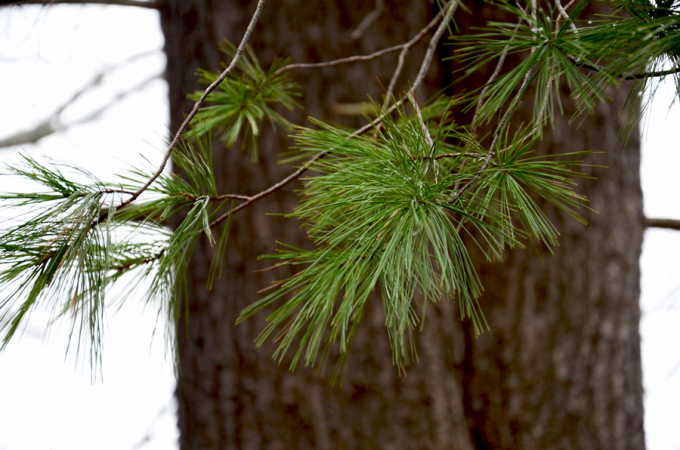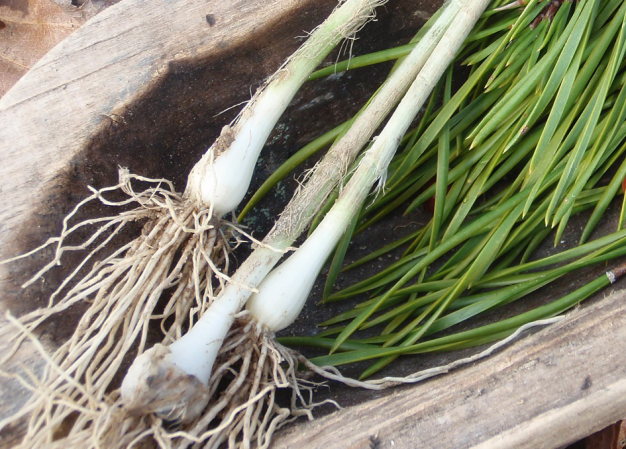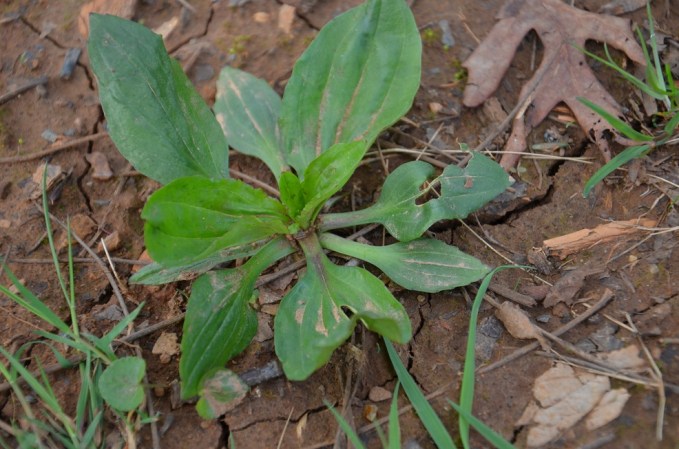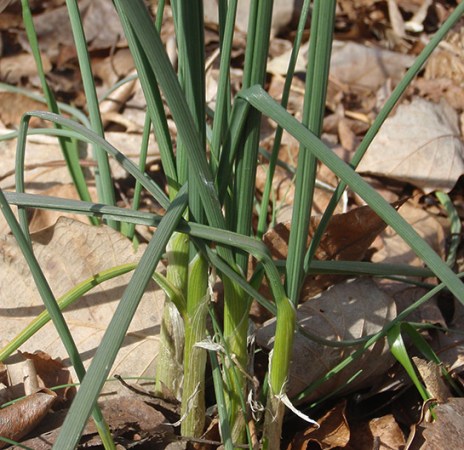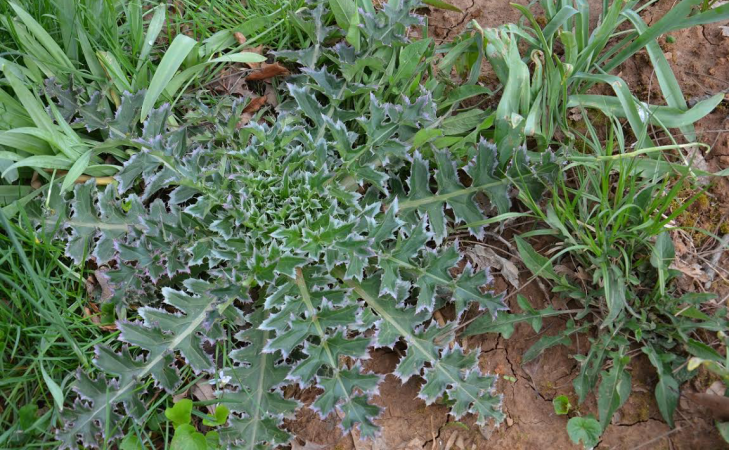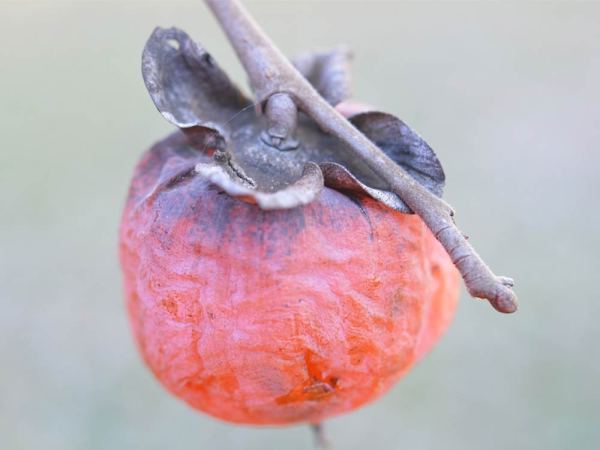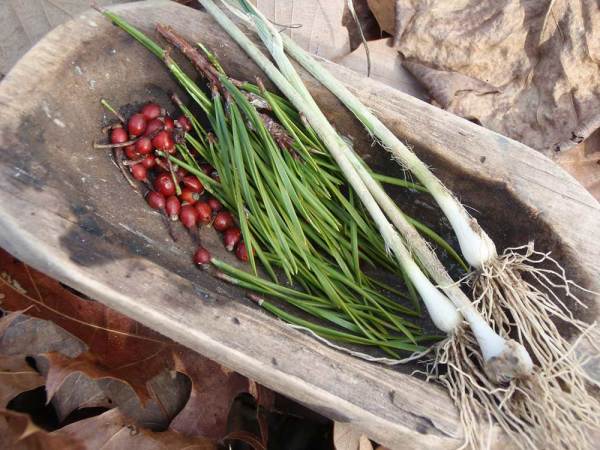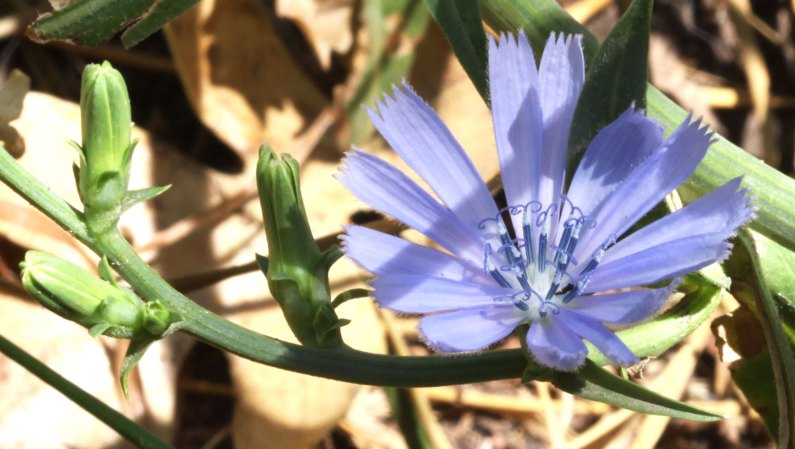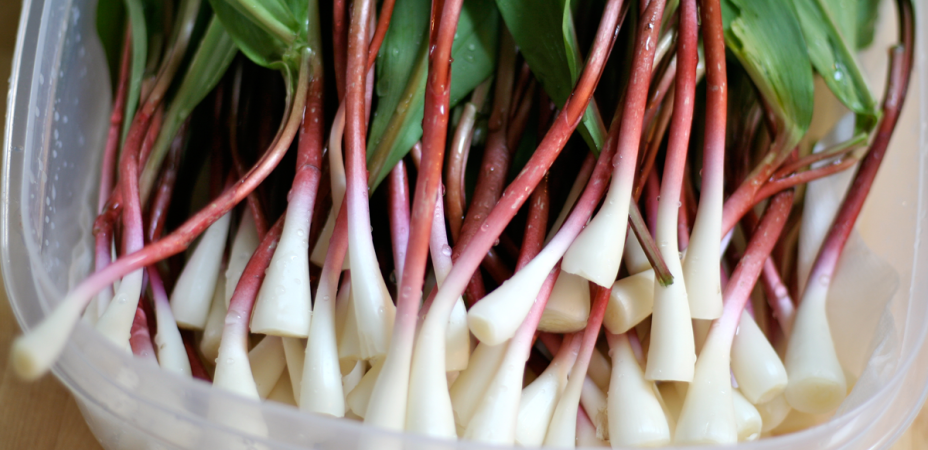When you think of spring, you may think of animals tending their young and the explosion of plant growth. New life and abundance, right? One of the things that you may not imagine, however, is just how easy it is to starve in the springtime if you are relying on wild foods to feed yourself. Spring is one of the leanest seasons of the year.
Many native cultures in temperate climates called springtime “the starving season” and planned for both winter and spring when stockpiling food in the fall. Sure, there is plenty of plant material to eat in spring, but it is almost all low-calorie food. It’s like being stuck in an iceberg-lettuce patch; the leaves are all water and no caloric value. So, if you had to live off the land, for survival or any other reason, here are three roots to consider as spring calorie resources.
1. Dandelion (Taraxacum officinale)
The roots of dandelion (above) are edible raw or cooked, although their bitterness usually discourages raw consumption. These tough taproots can be collected for stews, stir fries, or sliced and fried into chips. The roots are high in potassium, iron, boron, calcium, silicon, and vitamin C.
They also carry more beta carotene than carrots (ounce for ounce). They can also be chopped and roasted to make a coffee alternative. It is caffeine free and somewhat “coffee” flavored (though most coffee connoisseurs disagree). Roast the roots on a pan in the oven (or beside the fire) until they are dark brown and brittle. Store them for future use, or use them right away. Soak 1 tablespoon of root in a mug of scalding hot water for 10 to 15 minutes. Strain and sweeten to taste.
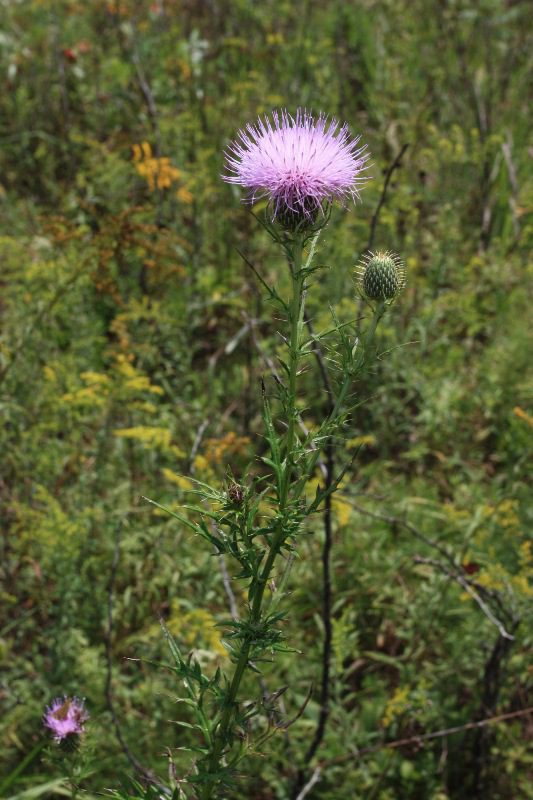
2. Thistle (Cirsium ssp. and Carduus ssp.)
There are many different species of thistle scattered across the Northern Hemisphere, and plenty to choose from in North America. There are no toxic species in the U.S., just a few bitter-tasting ones. Use a shovel to pop the tap roots to the surface, and to cut off their spiny tops. The remaining roots can be washed, chopped, and eaten raw. The roots can also be simmered, stewed, or fried like most other root vegetables.
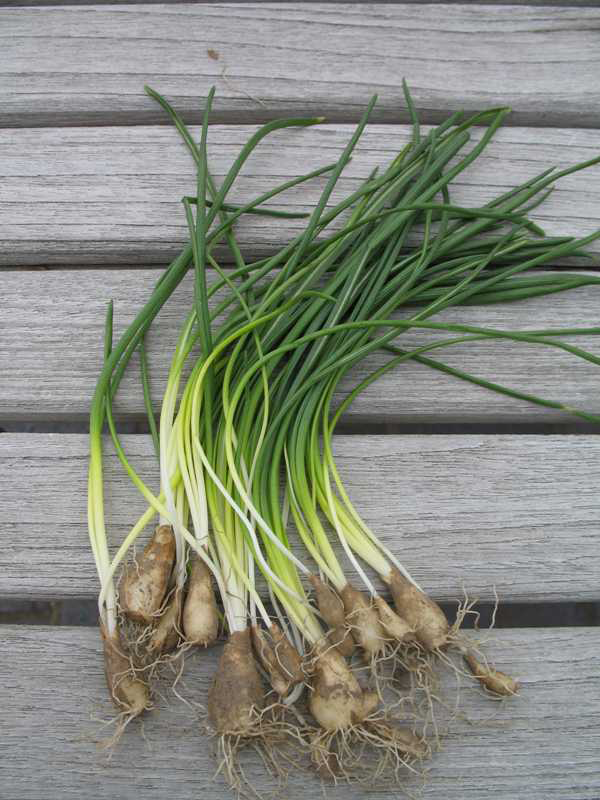
3. Wild Onion (Allium spp.)
There are roughly a dozen different species growing in North America, which could fall under the name of “onion.” Some species grow even in the dead of winter, favoring open ground and sunny conditions. Look in fields and meadows for some species. Look no further than your yard for others. Some of these species are closer to garlic in appearance and flavor. Some are closer to chives.
The critical factor that all these species share is their membership to the allium genus. This group of plants is edible to humans, and generally very tasty. But don’t just wolf down everything shaped like an onion. The broader family they belong to is the lily family, which contains some toxic members. Make sure the plant really is an onion or garlic, looking for the classic shapes of a bulbous root and a rounded stem of onion and garlic. Once it passes the visual test, go to the scratch-and-sniff phase of testing. Scratch the bulb, or bruise the green tops, and you should immediately smell the familiar oniony odor. If you start to have a few tears welling up in your eyes, all the better. Then you know you have an onion or garlic genus member for sure. Use these raw or cooked, just like their store-bought relatives.
Are you out foraging this spring? Tell us what you’ve found by leaving a comment.
Photographs by the author (dandelion), Natalie Krebs (thistle), and Missouri Botanical Gardens (wild garlic)
